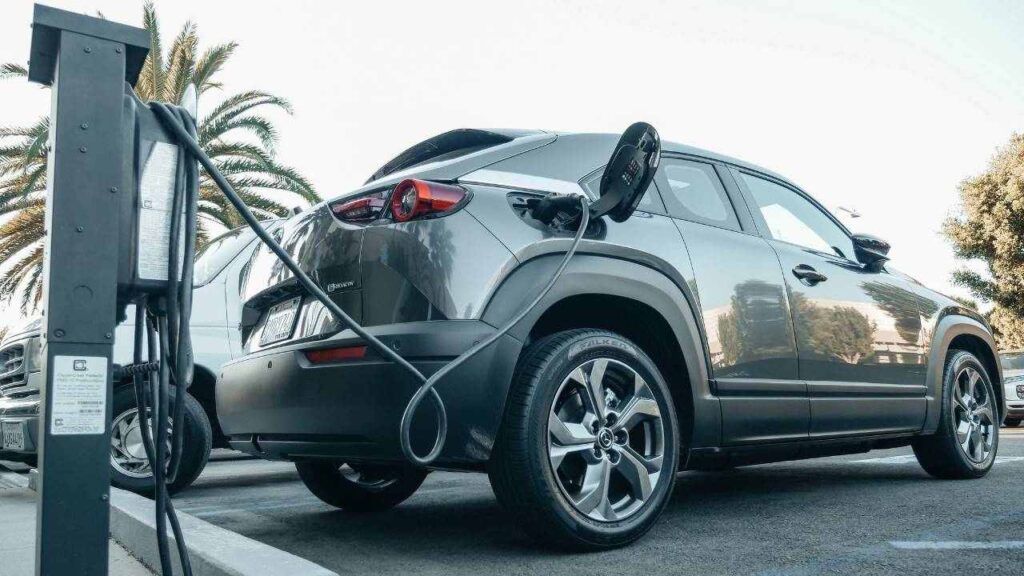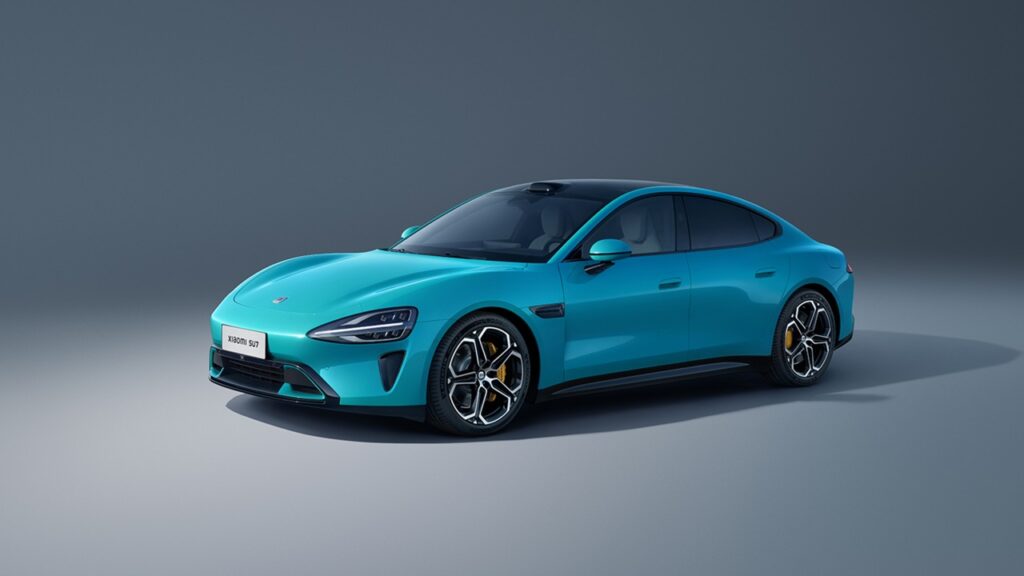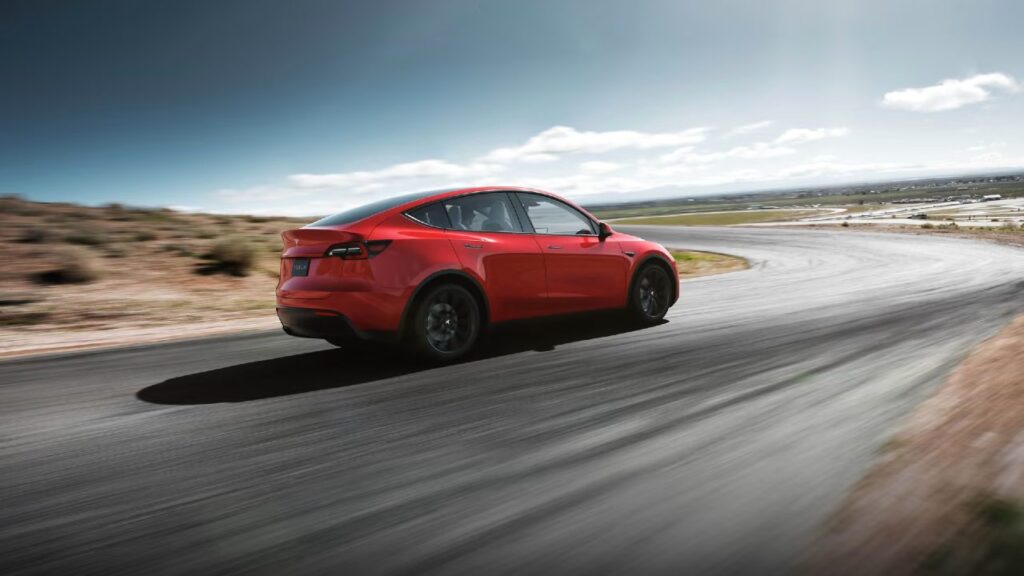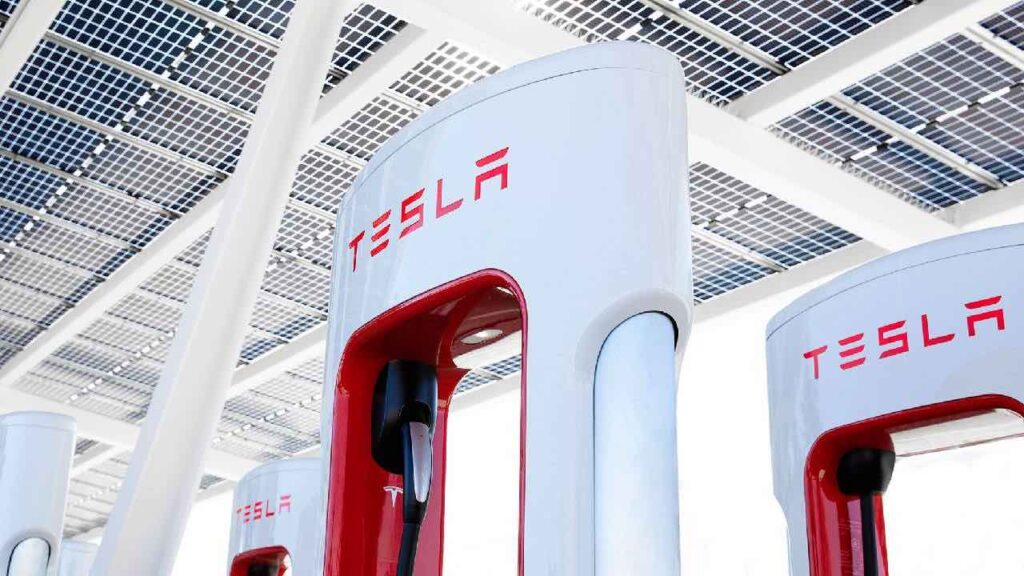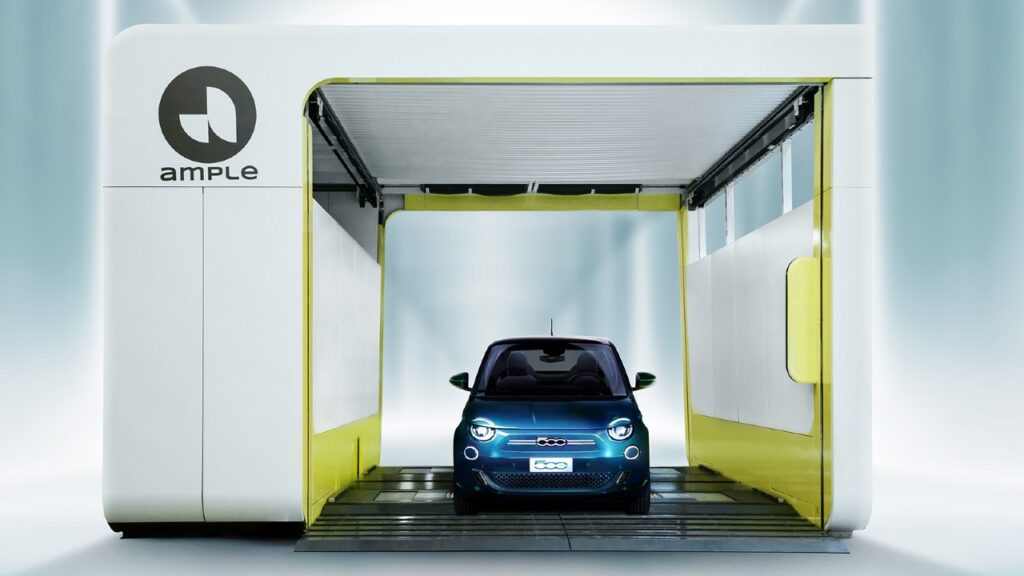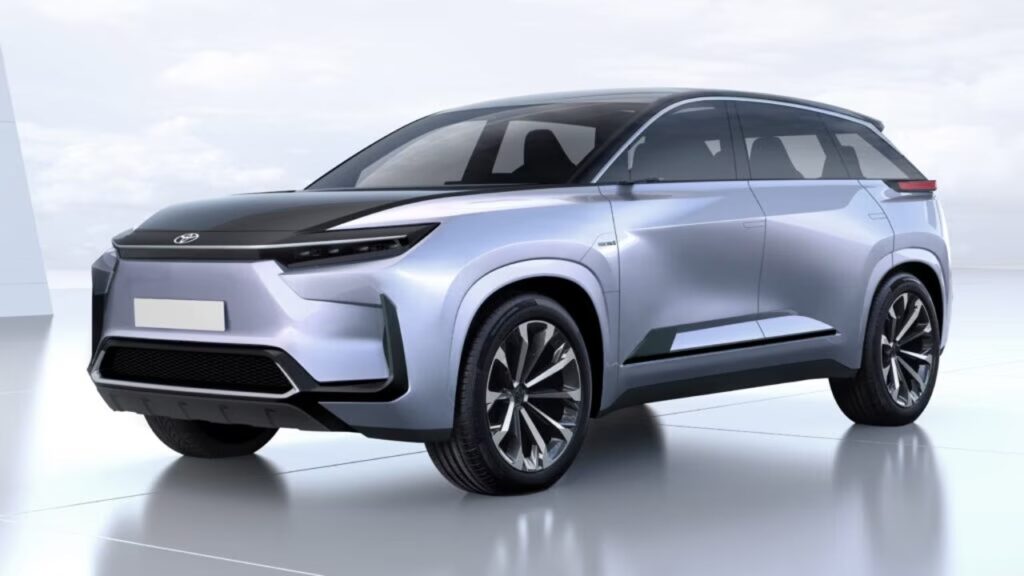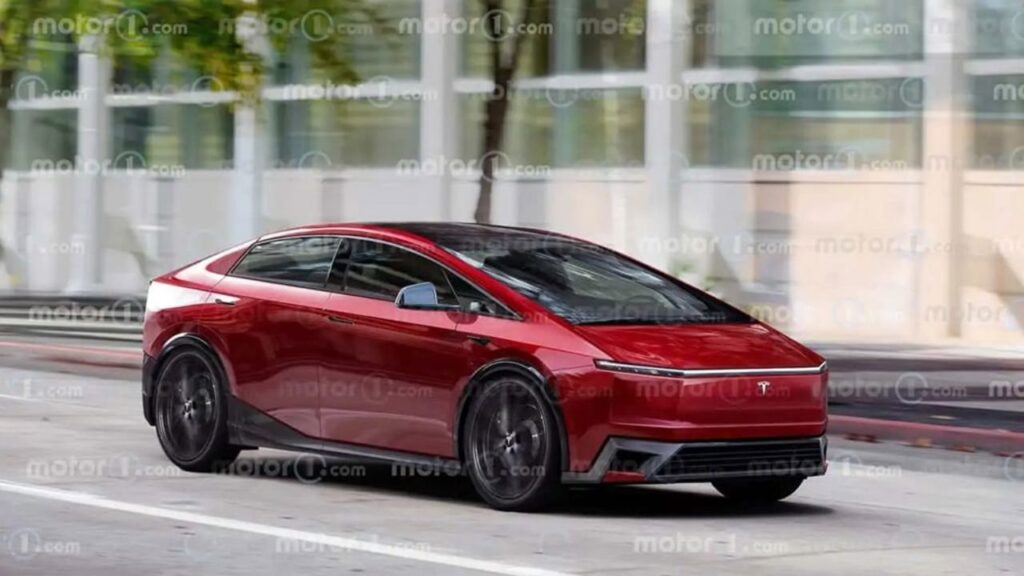Xiaomi EV Technology unveils 5 core technologies – E-Motor, Battery, Xiaomi Die-Casting, Xiaomi Pilot Autonomous Driving, and Smart Cabin. Xiaomi showcases its first electric sedan, SU7 with some impressive range, performance and battery figures. Essentially, the smartphone giant aims to dominate the automobile industry with the in-house development of full-stack technology for EVs. That is where the 5 core technologies come into the picture. From die-casting to electric motors, Xiaomi displays its experience in technology to achieve its ultimate goal of Human x Car x Home Smart Ecosystem. You might also like: Fiat 500e To Be First Stellantis EV To Get Battery-Swapping Technology Xiaomi SU7 Range and Battery Xiaomi has pioneered the development of CTB Integrated Battery Technology using innovative Inverted Cell Technology, a versatile elastic interlayer, and a streamlined wiring system. This technology boasts a remarkable battery integration efficiency of 77.8%. This is the highest among CTB batteries globally. It delivers an overall performance improvement of 24.4% and reduces height by 17 mm. With a maximum battery capacity reaching up to 150 kWh and a theoretical CLTC recharge range surpassing 1200 km, Xiaomi’s CTB Integrated Battery Technology sets a new standard in the industry. Recognizing the importance of safety, this battery has a 14-layer physical protection system – 3 top layers, 3 side layers and 8 bottom layers. With an enhanced heat dissipation system, the battery is capable of resisting temperatures up to 1000°C. To safely control and monitor the entire battery unit, Xiaomi offers a self-developed Battery Management System (BMS) with ASIL-D. Battery Details Xiaomi SU7 Capacity (Max) 150 kWh Range (CLTC) 1,200 km Type Inverted Cell Technology Battery Integration Efficiency 77.8% Battery Specifications You might also like: How Inductive / Wireless Charging Can Transform The Future Of EVs? Xiaomi SU7 – E-Motors and Specs During the conference, Xiaomi presented its independently developed and manufactured E-motors, specifically the HyperEngine V6/V6s, and HyperEngine V8s. These three E-motors utilize innovative technologies, including Bidirectional Full Oil Cooling Technology, S-shaped oil circuit design, and staggered silicon steel laminations design. The HyperEngine V8s achieves a maximum speed of 27,200 RPM, 425 kW (570 PS) output, and 635 Nm peak torque. This speed is a global record for EVs. To achieve the industry-exceeding standard of 27,200 RPM, the HyperEngine V8s utilizes the industry’s first ultra-high-strength silicon steel plate with a tensile strength of 960 MPa. In terms of cooling design, the HyperEngine V8s adopts Bidirectional Full Oil Cooling Technology and an S-shaped oil circuit design. For the stator, a dual-cycle oil circuit increases the heat dissipation area by 100%, achieving a cooling effect of up to 20°C. The rotor section utilizes a patented S-shaped oil circuit, increasing the heat dissipation area by 50%, achieving a cooling effect of up to 30°C. Additionally, the stator silicon steel laminations feature a “step-like” staggered design. This further increases the effective heat dissipation area by an additional 7%. The HyperEngine V8s is currently in development and is set to be mass-produced and implemented in Xiaomi EVs in 2025. Xiaomi’s self-developed HyperEngine V6/V6s E-motors feature an industry-leading rotational speed of 21,000 RPM, surpassing the most powerful mass-produced electric motor globally. The HyperEngine V6 super motor has a maximum power of 299 PS and a maximum torque of 400 Nm. On the other hand, the HyperEngine V6s super motor achieves a maximum power of 374 PS and a maximum torque of 500 Nm. E-Motor Specifications Xiaomi SU7 HyperEngine V8s 570 PS / 635 Nm HyperEngine V6 299 PS / 400 Nm HyperEngine V6s 374 PS / 500 Nm HyperEngine V8s Max Speed 27,200 RPM HyperEngine V6 / V6s Max Speed 21,000 RPM Acceleration (0-100 km/h) 2.78 seconds Top Speed 265 km/h E-Motors Specifications You might also like: Edmunds Tests The Fastest Charging EV In Real-World Conditions Interior, Features and Autonomous Driving The cabin of the Xiaomi SU7 is ultra-modern and tech-heavy. There is a 16.1-inch 3K central console, a 56-inch HUD (Head-Up Display) and a 7.1-inch rotating dashboard with two seat-back extension mounts to connect two tablets. To enable smooth operation across devices and applications, SU7 uses the Snapdragon 8295 in-car chip with AI computing power of up to 30 TOPS. You can connect almost any smart device with the vehicle in a matter of seconds. This enables the Human x Car x Home Smart ecosystem. To offer insane active safety capabilities, the SU7 comes with two NVIDIA Orin high-performance chips with a total computing power of 508 TOPS, 1 LiDAR, 11 HD Cameras, 3 Millimeter-Wave Radars and 12 Ultrasonic Radars. Xiaomi’s full-stack in-house developed intelligent Autonomous Driving system will take the industry by storm as early as 2024. You might also like: New EV Battery From Zeekr To Offer 500 kW Charging Learn Electric Cars Says With new names emerging at the global EV landscape, things are getting intriguing. The EV revolution has created a slew of new startups and cross-industry players to test their hands in this burgeoning industry. We have already seen Sony and Apple announcing their electric cars in the future. As EVs get more electronics-focused, these tech companies can leverage their decades of experience in consumer electronics. With the right partnerships, they can potentially challenge the legacy carmakers going forward. Amidst all this, the customers stand to benefit the most as they will get worthy products at competitive prices. The Xiaomi SU7 with such impressive battery, range, e-motors and technological features is a prime example of how far these electronic firms have come.

